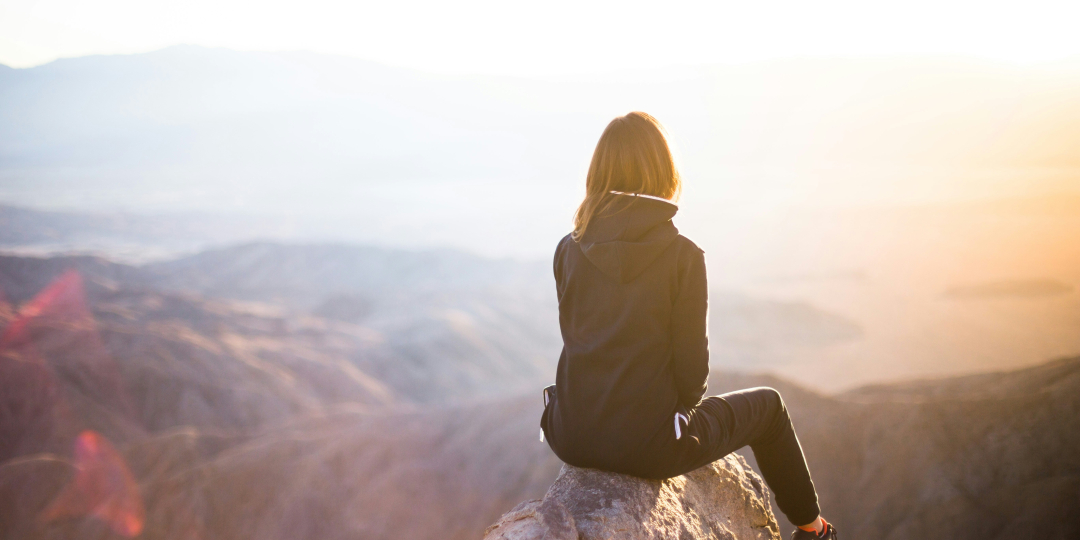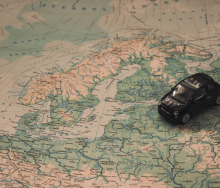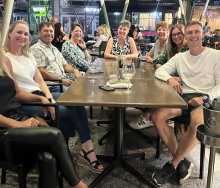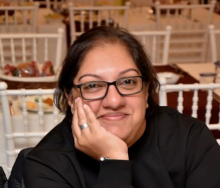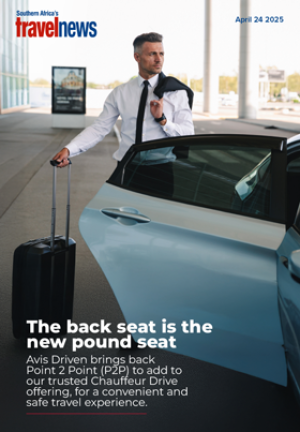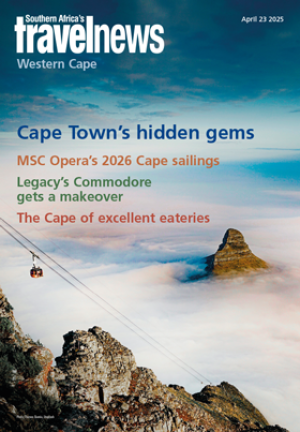A new niche is forming in global travel.
Travel industry executives agree that women travelling solo is now a market seeing increasing demand.
Darsha Soobramoney, Marketing and Events Manager of The Travel Corporation South Africa, told Travel News that by the end of 2023, Contiki in South Africa found that 51,7% of its solo travellers were women, with a noticeable increase in interest among women aged 25 to 35.
“In recent years, there has been a noticeable increase in South African women opting for solo travel experiences... Millennials and Gen-Z in particular, are showing a strong inclination towards solo travel as they seek authentic and personalised experiences. However, solo travel is not limited to younger demographics – women of all ages are increasingly embracing this trend,” says Soobramoney.
Retail agents also acknowledge the trend.
“Pentravel has seen an increase in demand for solo travel by women. We recommend guided tours and group tours because it ensures our clients’ safety. We also recommend cruising because it is an easy way to meet new people,” Maryke Bester, a Pentravel travel agent told Travel News.
While the number of women travelling solo is growing in South Africa, this market is very much in demand internationally.
In 2022, stats website Passport Photo Online produced a Solo Travel Statistics Report saying that 84% of global solo travellers were women. And, in 2023, Solo Female Travelers Club found that 86% of its 5 000 members had taken at least one solo trip in 2023.
According to JourneyWomen, a travel website that inspires women over 50 to travel solo, 70% of its surveyed women readers feel ignored and undervalued by the travel industry.
What women want
Women solo travellers are looking for travel arrangements that ensure they remain comfortable, safe and supported during travel disruptions, according to the Adventure Travel Trade Association’s 2024 Industry Outlook.
“Solo women travellers may encounter challenges related to safety concerns, cultural differences, language barriers, and loneliness. Ensuring personal safety, especially in unfamiliar environments, is a primary concern for many solo female travellers,” explains Soobramoney.
For this reason, solo women travellers often opt for destinations that offer safety along with opportunities to explore diverse cultures and gain personal growth. Hassle-free accommodation and itineraries with good support are also prioritised. Contiki South Africa reports that its popular destinations among South Africa’s solo woman travellers include Iceland, Japan, Thailand and certain countries in Europe.
At Contiki South Africa, customers receive safety talks and supportive services, including comprehensive pre-trip talks giving safety tips, local customs, and emergency contacts. Additionally, Contiki tour managers are trained in providing support and guidance to ensure the safety of their travellers.
Contiki South Africa is also seeing an increasing number of solo travel options that do not require additional single supplements.
“These may include solo-friendly accommodation options, such as hostels with women-only dormitories, and specialised solo tours, specifically designed for independent travellers.
“Additionally, Uniworld Boutique River Cruises now offers cabins for solo travellers without charging extra supplements,” says Soobramoney
The cruise industry has been one of the first luxury travel sectors to appreciate the value of solo travel options, with cruise lines such as AmaWaterways, Seabourn Cruises, Silversea Cruises, NCL and Oceania Cruises offering solo cabins with no supplement or a nominal single supplement.
A luxury cruise brand for solo travellers over 55, The Solo Cruise Company offers women in the age group fully hosted cruises in many corners of the world (including river cruises on the Mekong in Vietnam) with guided pre- and post-cruise activities and exclusive shore excursions.

